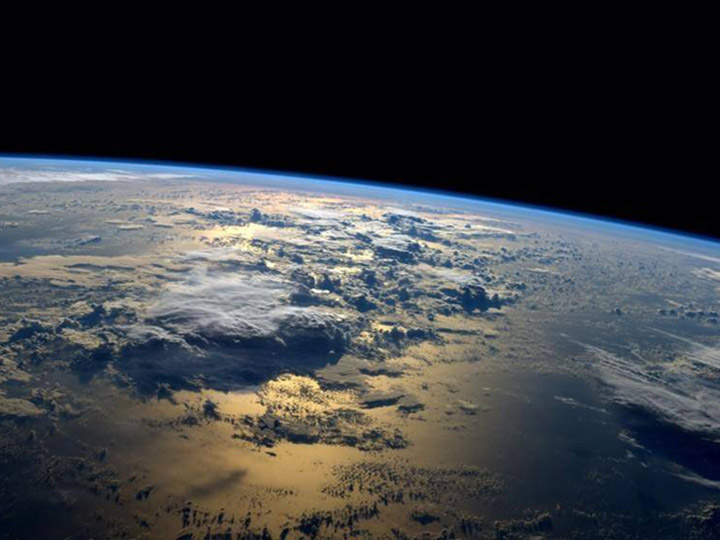Chemistry is the study of the structure, composition, and properties of elements and compounds and the transformation these substances undergo. But chemistry is not just for scientists in the lab, it’s all around us—in processes within our bodies, the production of foods we eat, the creation of products we use every day, and the development of medicines that help keep us well. But what happens when you take chemistry out of this world…to space?
“Chemistry is out of this world” is the theme of this year’s National Chemistry Week, an annual program started by the American Chemical Society in 1989. The International Space Station (ISS) provides a valuable platform for scientists to conduct research in an environment free from gravity-driven effects such as convection, sedimentation, and buoyancy—which has important implications for chemistry.
Below, learn about some of the ways investigators are leveraging the ISS National Lab for important “out-of-this-world” research in the area of chemistry.
A New System for Separating Chemicals
An ISS National Lab investigation by Zaiput Flow Technologies is testing a new gravity-independent system for liquid separation, a critical step in chemical synthesis. To separate liquids, scientists usually rely on liquid sedimentation, which is driven by gravity. In contrast, Zaiput’s system relies on surface tension. Such a system could greatly benefit drug development and production and could also enable other complex chemistry research in microgravity. Go here to learn more about this investigation.
Lyophilization for Drug Formulation
One of the several investigations pharmaceutical company Eli Lilly and Company is conducting on the ISS National Lab is aimed at examining the process of lyophilization (freeze drying) in microgravity. Lyophilization is commonly used in drug formulation to increase the chemical and physical stability of pharmaceutical products, and Eli Lilly and Company is interested in understanding what effects gravity has on the properties and physical state of lyophilized materials. View this video to learn more about this and other Eli Lilly & Company investigations on the space station.
Enhancing Tire Performance
Goodyear Tire & Rubber Company is using the ISS National Lab to evaluate the formation of silica particles in microgravity. Silica is a key material used in the production of tires. By studying particle formation in microgravity, researchers may discover new molecular structures of silica, which could lead to improvements in tire performance and fuel efficiency. Go here to learn more about this investigation.
Improving Radiation Detection
Several investigations seek to use the refurbished Solidification Using a Baffle in Sealed Ampoules (SUBSA) furnace onboard the ISS to synthesize materials for use in radiation detection devices with important homeland security applications. When such materials are produced on Earth, gravity-driven convection can lead to imperfections in the materials. Thus, synthesis in microgravity, where convection is minimized, enables the production of higher-quality materials with improved capabilities. View the video below to learn more about the refurbished SUBSA furnace.
Radiation Monitoring Devices, Inc. seeks to use SUBSA to synthesize scintillator crystals, and researchers from the Illinois Institute of Technology are synthesizing new types of semiconductor crystals. Both scintillator and semiconductor crystals can be used to detect radiation, and production of the crystals involves combining and melting various elements that crystallize as they cool. Learn more about these investigations in this Upward feature.
Guardion Technologies aims to use SUBSA to improve the synthesis of 2D nanomaterials to be used in the development of miniaturized ionizing radiation detectors. Large quantities of such detectors could be deployed in strategic areas to detect potential radioactive sources. The process for production of the 2D nanomaterials involves chemical vapor deposition, in which flowing reactant gases deposit atomically thin crystals on a substrate.






